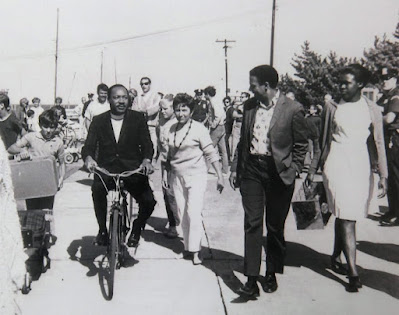This post will be a tale of two cities--without the capital letters.
They have roughly the same population. One is the capital of its nation; the other is, at least in some senses, in its country. They could be said to be rivals because they are renowned for many of the same things: food, fashion, finance, the arts, education and technology.
Now one of those cities is not only wants to emulate something the other has been doing; it plans to do even more of it.
I am talking about urban bike lane networks. While Copenhagen and Amsterdam are seen, perhaps rightly, as the most bike-friendly capitals in Europe, Paris is leading the way in creating new bike infrastructure. It plans to have 680 kilometers (423 miles) of bike lanes in the City of Light and its surrounding areas.
Rental Bikes by the Duomo Cathedral, Milan. Photo by Alessia Pierdomenico for Bloomberg
Well, in the city's chief rival for food and fashion--Milan--the City Council has approved a plan that will include 750 kilometers (466 miles) of lanes that will connect not only major areas of the immediate city, but also its suburbs and some rural areas. The goal of the Cambio Biciplan is to make bicycling the "first and easiest" way of getting around Metropolitan Milan.
One of the motivations for this plan is a problem the city is trying to tackle. Among Italian cities, only Turin has worse air pollution; both have some of the worst air quality in Europe. The factors contributing to that toxicity are similar in both cities: population density, industrial activity and automobile density. That pollution intensifies in winter, when temperature inversions trap pollutants in the lower atmosphere, leaving a toxic blanket of smog. Also, I suspect that each of those cities shares a problem with Denver: the mountains that surround (Turin) or abut (Milan) those cities also trap some of the pollutants. (Denver consistently has some of the worst air quality in the US.)
So, in the near future, bike advocacy groups may well emulate fashion and culinary institutions in seeing their "capitals" as New York, Paris and Milan!


